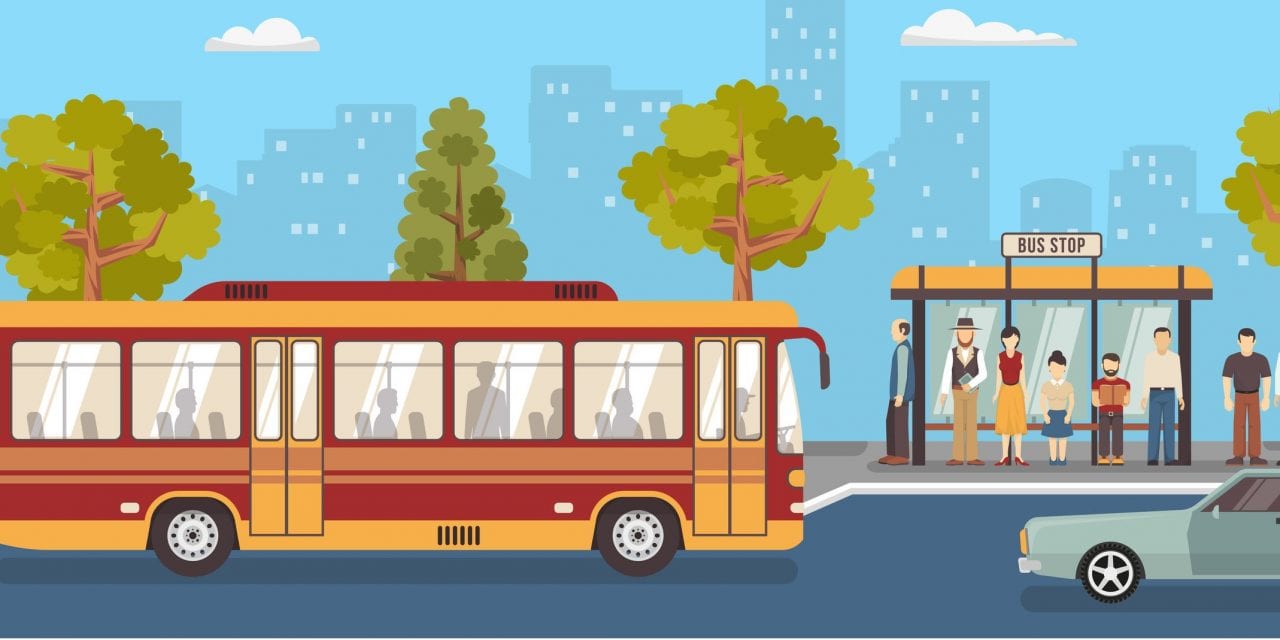Transportation is something that we all need, but the ability to drive or take public transit is often taken for granted until it’s no longer available.
By Jane Kincaid
Transportation is something that we all need, but the ability to drive or take public transit is often taken for granted until it’s no longer available. For older adults who lose the ability to drive a car or walk to a train station, it can be the difference between loneliness and socialization or not making it to a doctor appointment to address a vital health issue.
Secure, reliable transportation plays an important role in helping elders age in place while retaining their wellbeing and connectivity to the outside world. Whether it is through a bus owned by a senior living community, a vehicle from a local senior center, or a van contracted with a vendor, transportation should be safe, predictable, and offer an easy and seamless experience to get from point A to point B.
Reliable Transportation Means Connected Elders
When someone loses access to transportation it means they are more likely to miss medical appointments, which could result in delays in routine health checkups and management of chronic illnesses. While the effects of missed doctor visits are obvious, social isolation, in this case, also can have a negative effect on one’s physical and mental health, according to the National Aging and Disability Transportation Center. In a similar vein, this isolation felt by elders who do not drive can make aging in place all the more complicated.
So what makes transportation “good” for elders? The answer, it turns out, is simple. Research shows that older adults prefer the same characteristics in their transportation as other age groups. According to a 2016 survey conducted by TransitCenter, individuals under and over age 65 value speed and frequency the most in their transit options. Accessibility and comfort are also important features, along with shelter (used while waiting for a bus to arrive, for example) and seating.
Providers Get It
For senior living providers, a key takeaway from the survey is to recognize that, just as the residents they serve are diverse, transportation options should be too. Many non-driving elders may have personal networks of family and friends that are available to drive them to run errands, visit the doctor, attend social events, but for those that don’t, other options may be available, according to the National Association of Area Agencies on Aging (n4a). These include:
-
Public transit;
-
Specialized transportation or paratransit (for older adults and individuals with disabilities who are unable to use public transit);
-
Volunteer transportation (one-on-one rides in a volunteer’s vehicle, reserved when needed);
-
Transportation with assistance (riders receive support at pick-up sites and destination); and
-
Private-pay transportation, such as taxis, Uber, Lyft or Envoy America.
According to Miles McCollum, an account executive with LifeShare Technologies (a Senior Housing Forum partner), senior living providers that understand the importance of transportation are eager to implement reliable and effective services for their residents.
LifeShare helps providers facilitate improved connections between residents, staff, and families by using existing technology like TVs. And since the company’s technology helps activity professionals keep track of events and activities within their communities, it was not much of a leap for LifeShare to incorporate a module for transportation schedules into its applications.
Scheduling Made Easy
“Multiple clients have requested the ability to create a transportation calendar, and now they can,” says McCollum. Clients can now add their schedule of appointments, events, and trips to a specific transportation calendar the same way they add activities, he explains. In addition, they can select the time, choose how often they repeat, and then print out a monthly, weekly, or daily transportation calendar, at any time.
“Clients have said this has saved them so much time and hassle because the transportation calendar is already created and staff is assigned to the event,” says McCollum. “They don’t have to try and collect the schedule at the beginning of the day and then try to make it all work out.”
On the Same Page
Staff members can also see the transportation schedule via the app and it can be sorted by month, week, and day. “If anything changes in the schedule, the change is the change is reflected in the app as soon as an administrator enters it. So everyone can stay on the same page,” says McCollum.
Another clever feature of the application is the client’s ability to add customized colored icons beside the event. “So, if someone sees a blue bubble with WM abbreviated in it, they know it is a trip to Walmart, for example, or the initials of a staff person, so they all know who is in charge of driving the bus for that event,” McCollum notes. “And of course the transportation calendar, like the activity calendar, is completely customizable with branding images and layout to meet the client’s preference.”
To top it all off, LifeShare will even remind seniors of their appointments or travel events via a phone call or text message through a simple notification system. Referred to as a “serious time-saver,” according to McCollum, the feature was developed to save steps for staff members who spent hours reminding residents of upcoming events or activities.
Matching seniors’ preferences with a growing list of available transportation options can go a long way toward helping them retain peace of mind and quality of life.
To learn more about LifeShare Technologies, call (317) 825-0320 or click on the logo button below to visit their website:
Click on the button below to download a PDF copy of this article:







